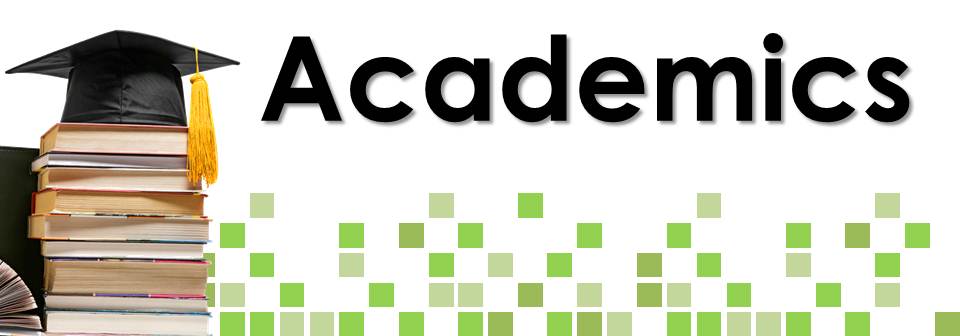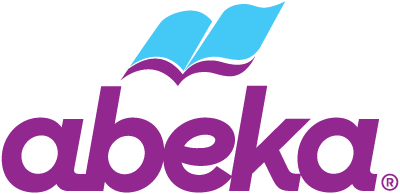Lighthouse Christian School predominantly uses the Abeka curriculum for our classrooms, but it may be supplemented with BJU Press, Positive Action for Christ, and Striving Together Publications. The curriculum at Lighthouse Christian School has been chosen carefully to ensure a standard of academic excellence for our students. All of our curriculum has undergone rigorous testing to guarantee it falls in line with the core values of a Biblical foundation. Students will be challenged to think at a high academic level and to maintain a Christian perspective in all areas of life.


